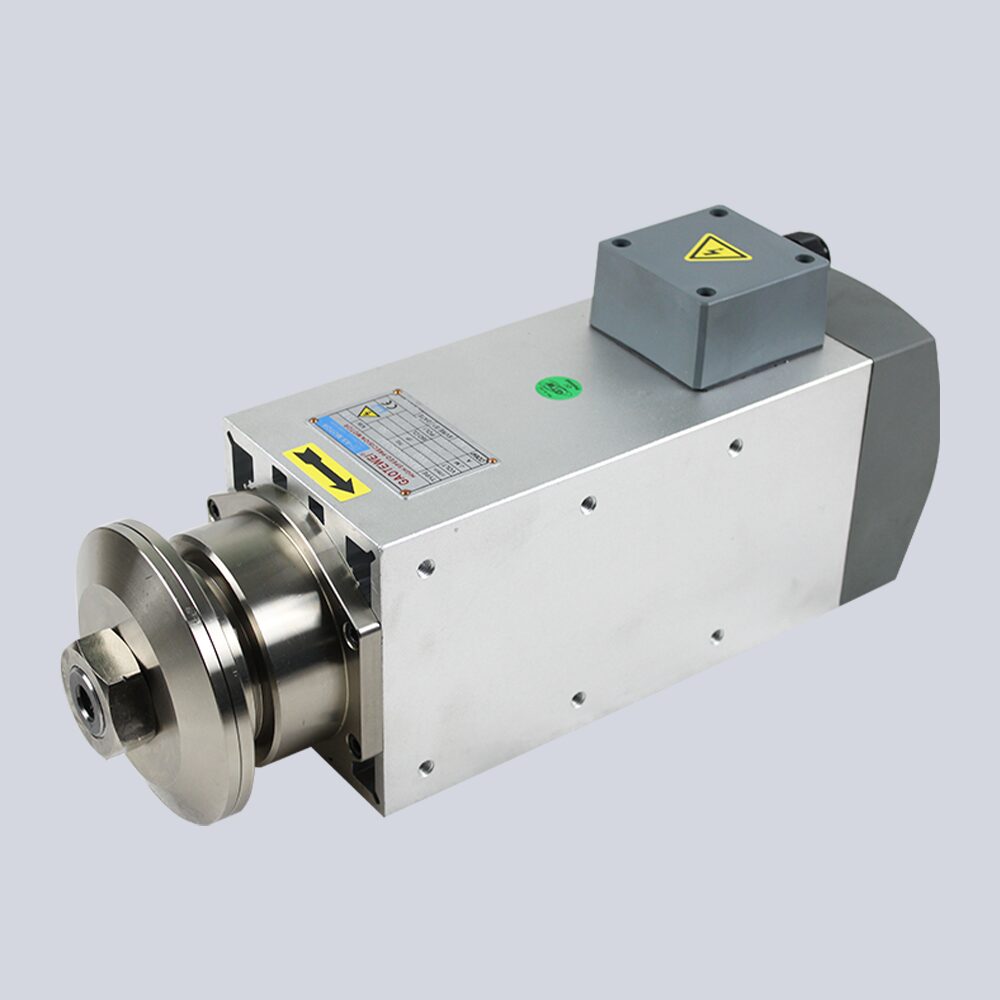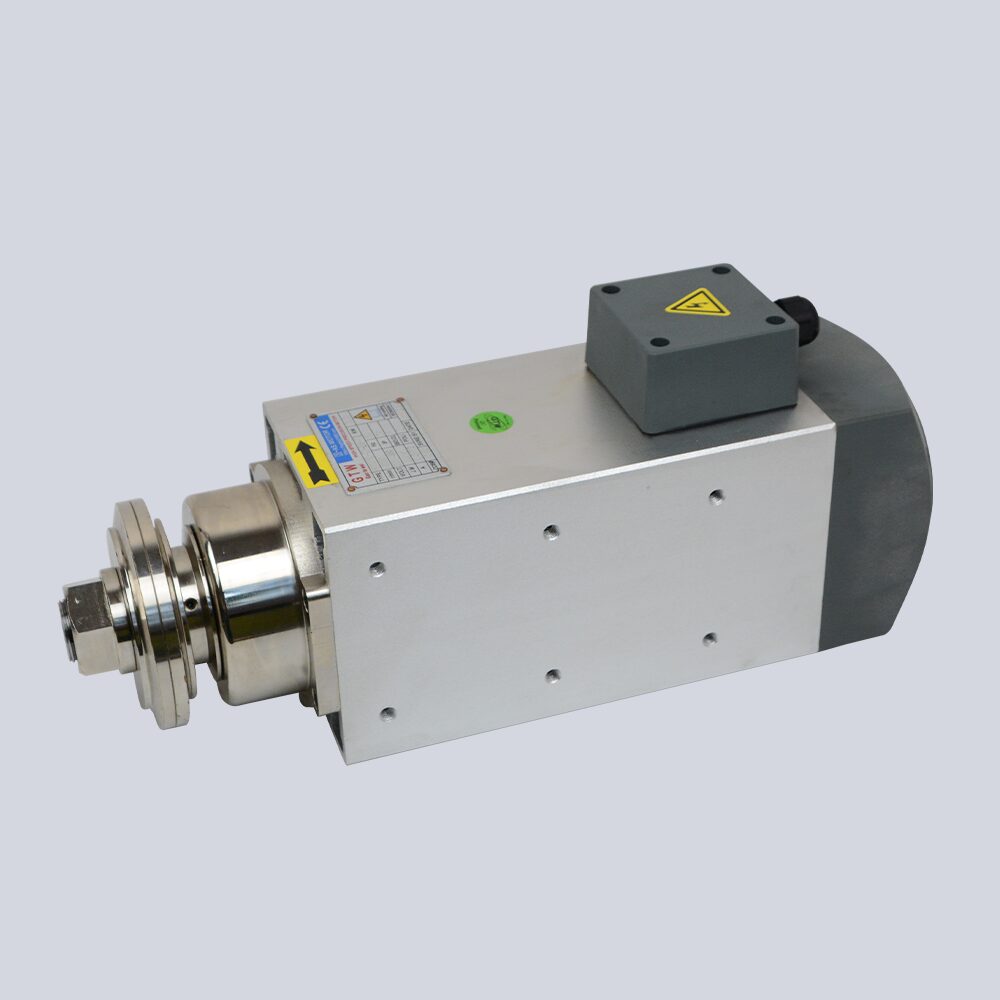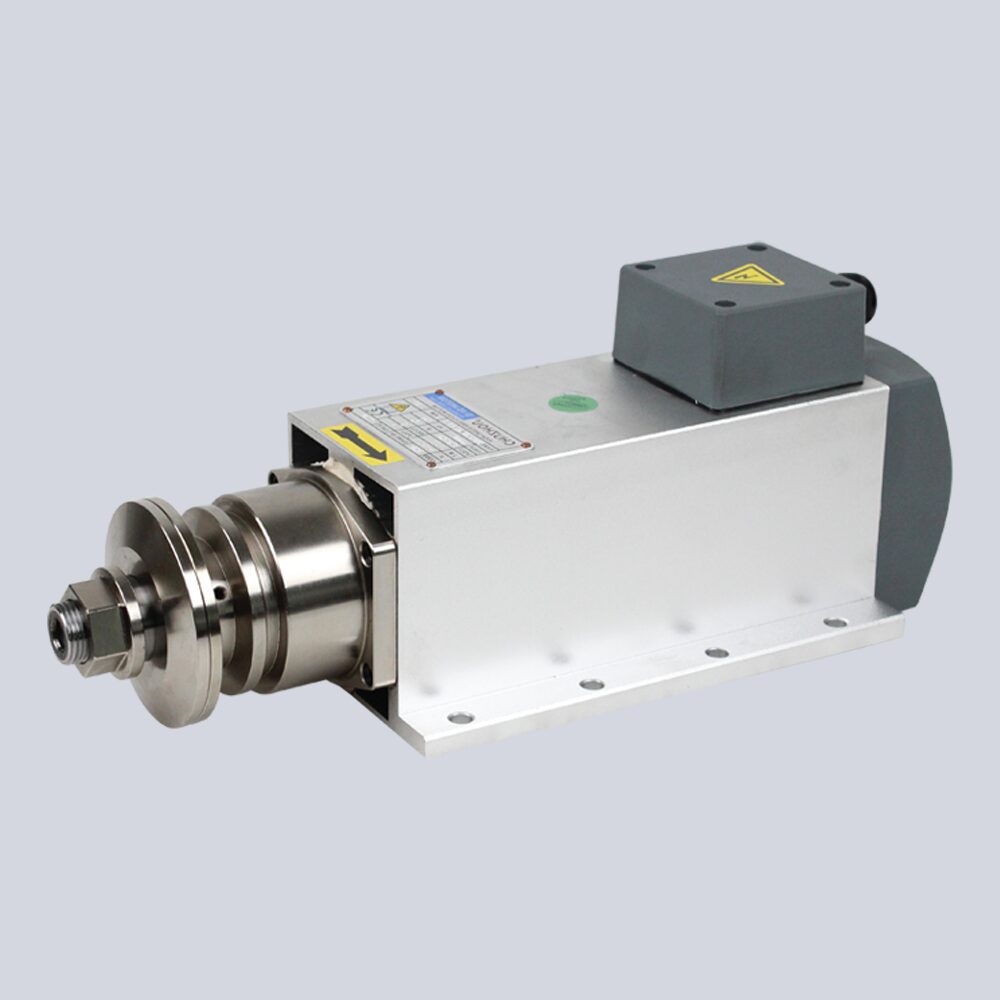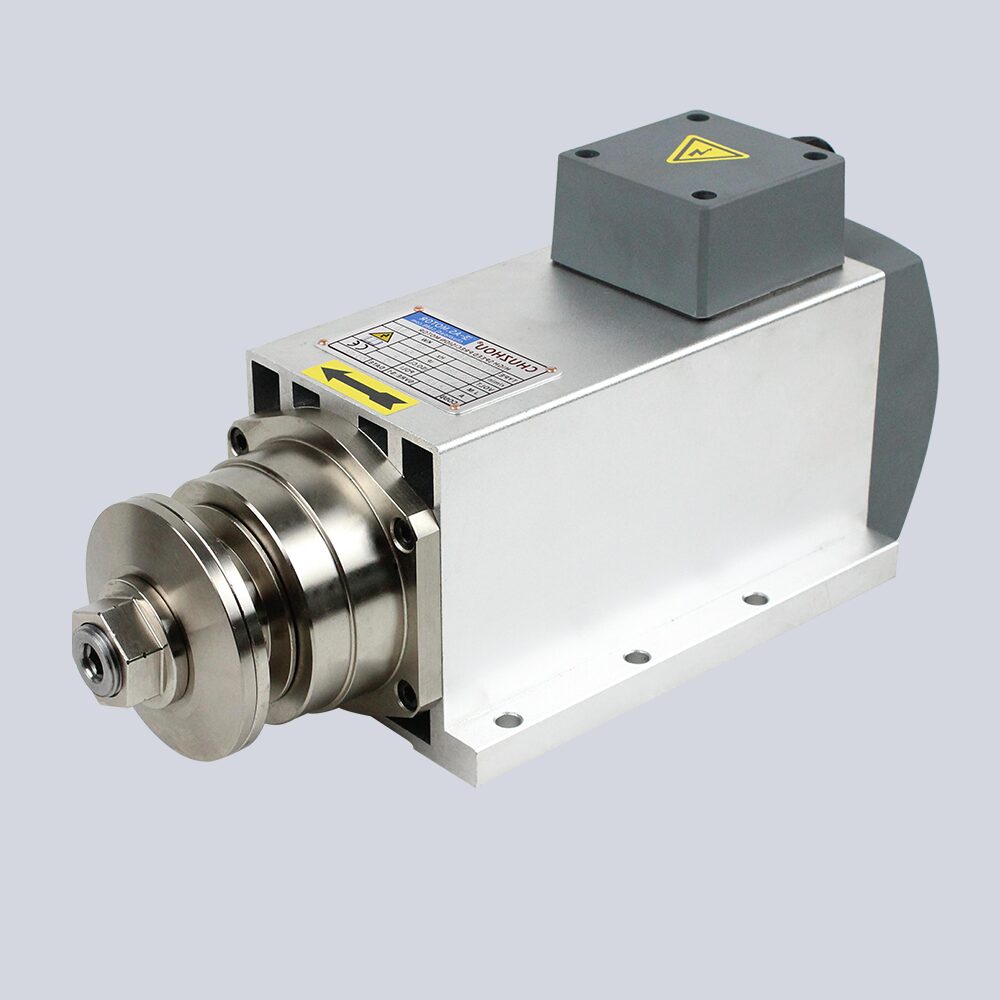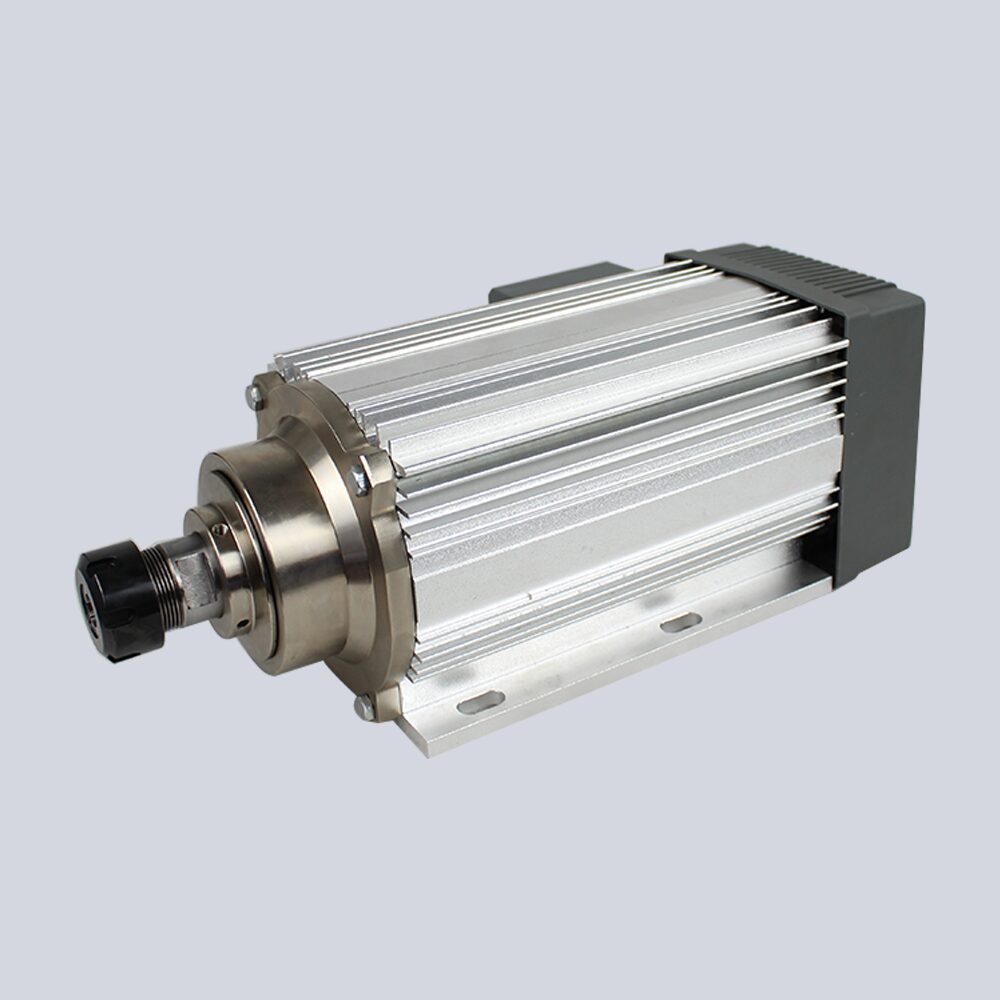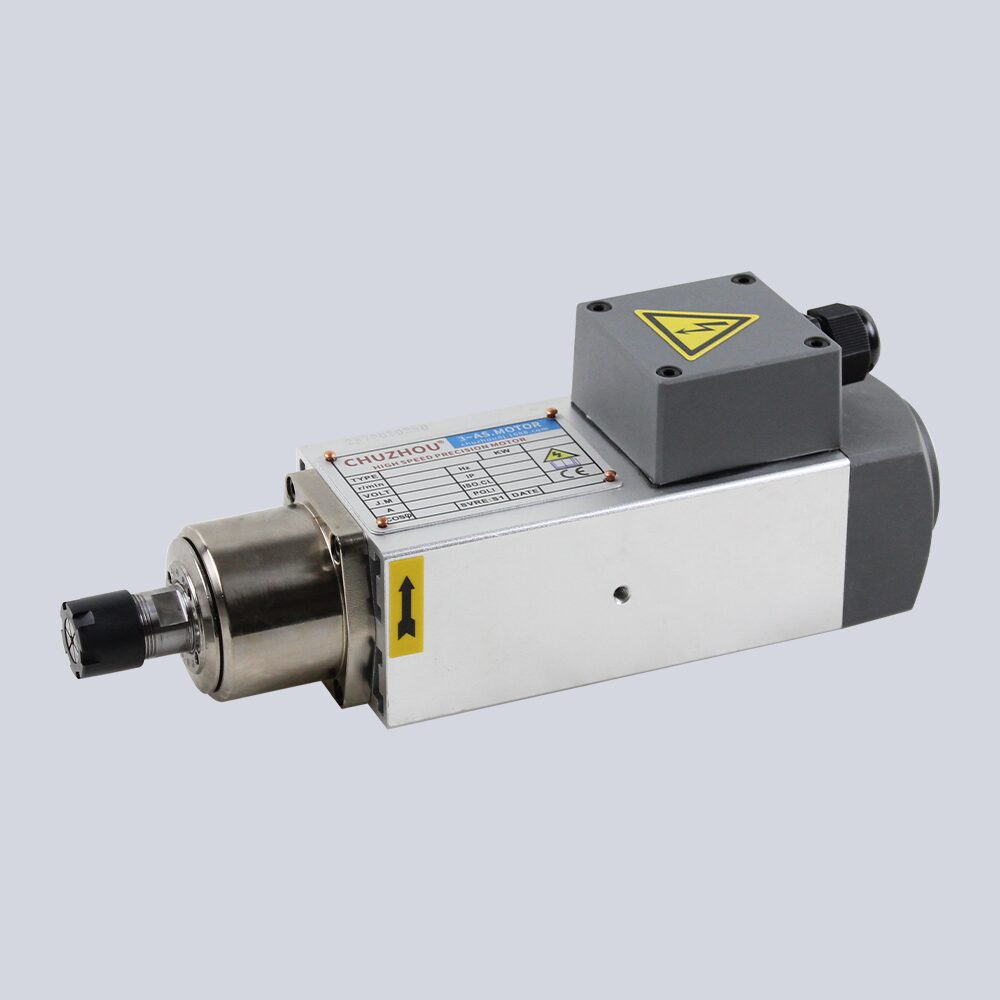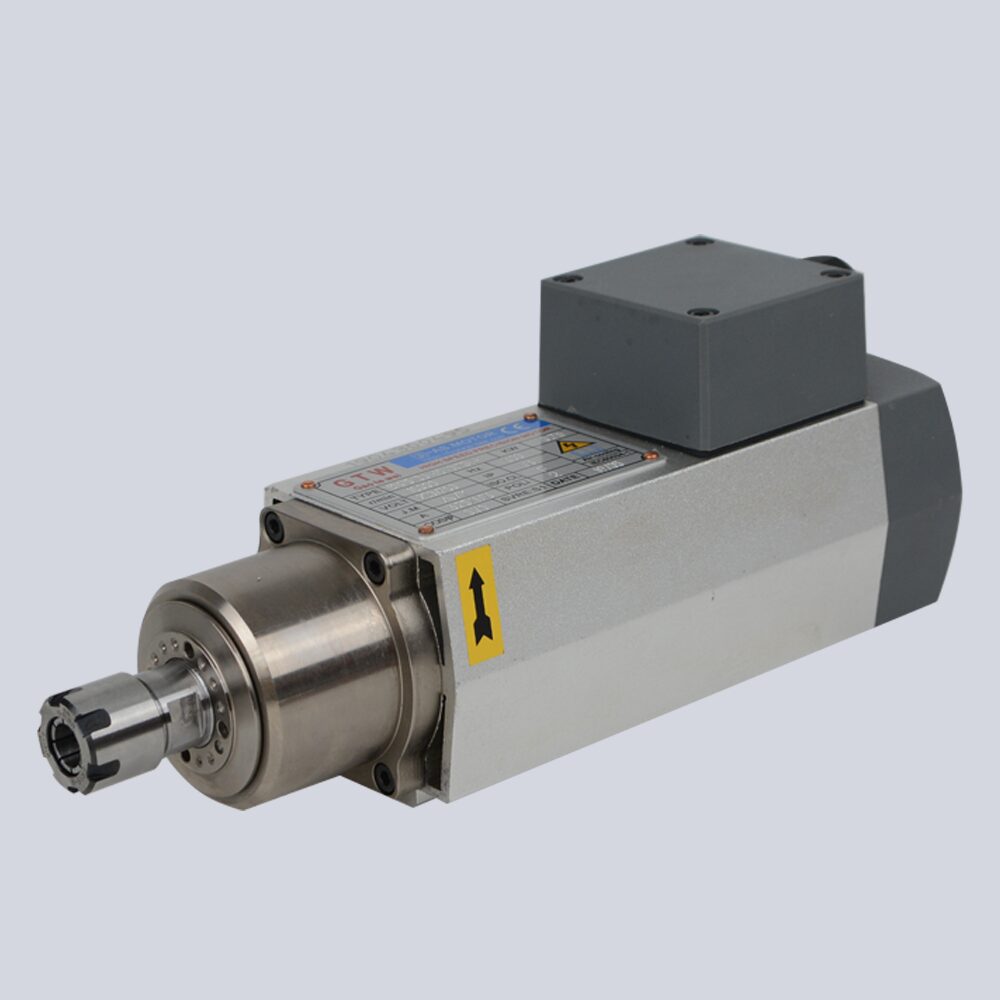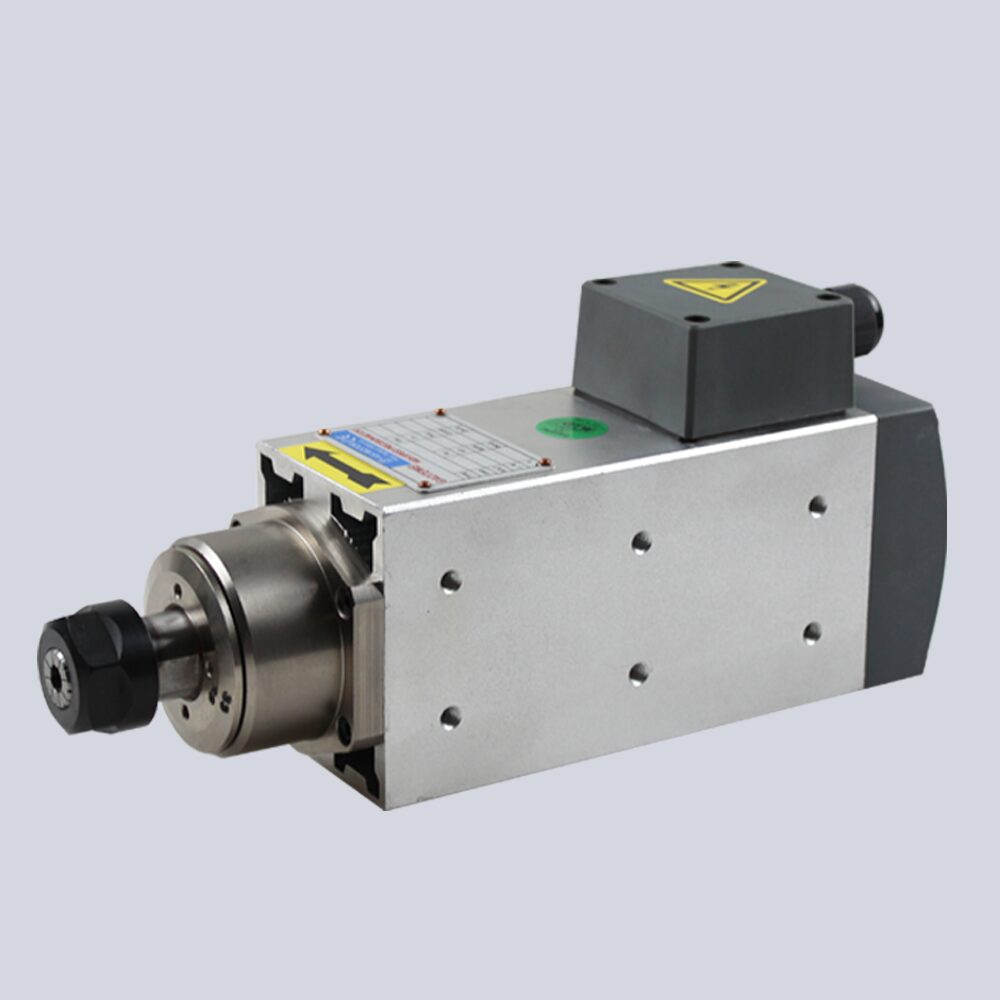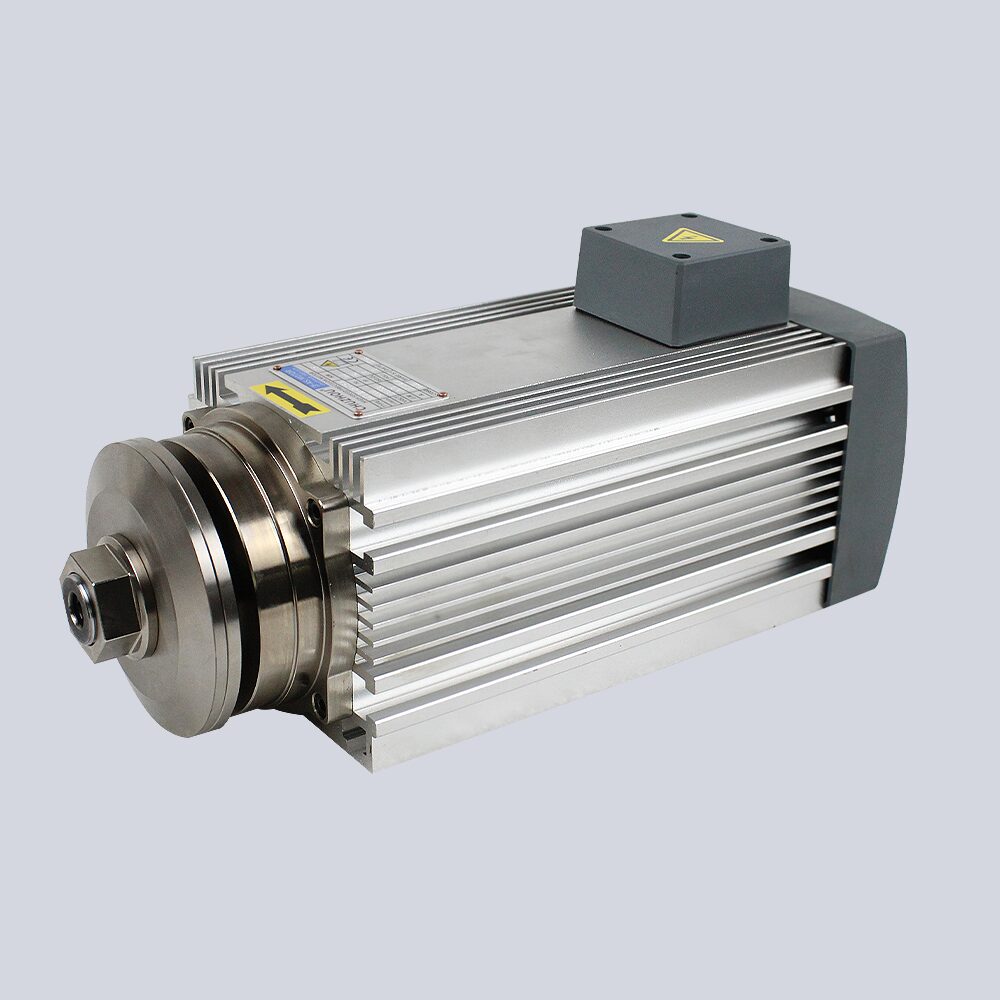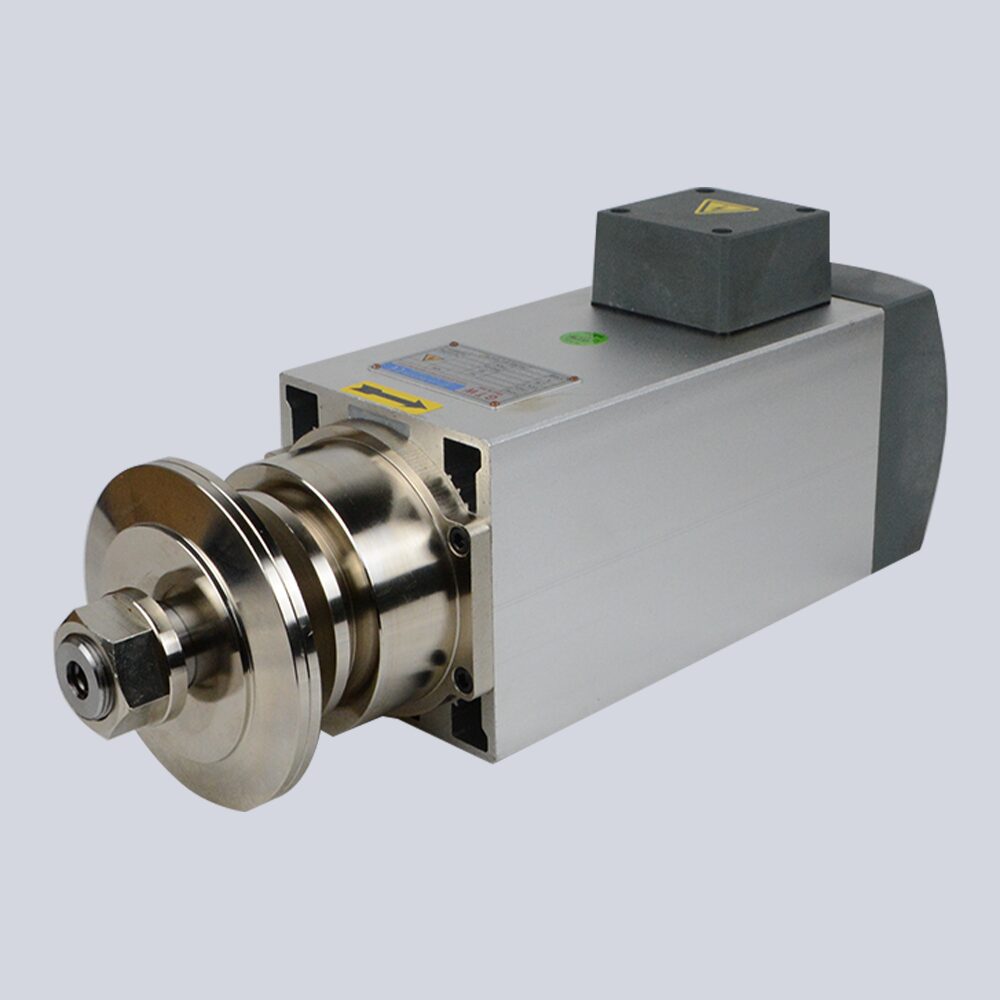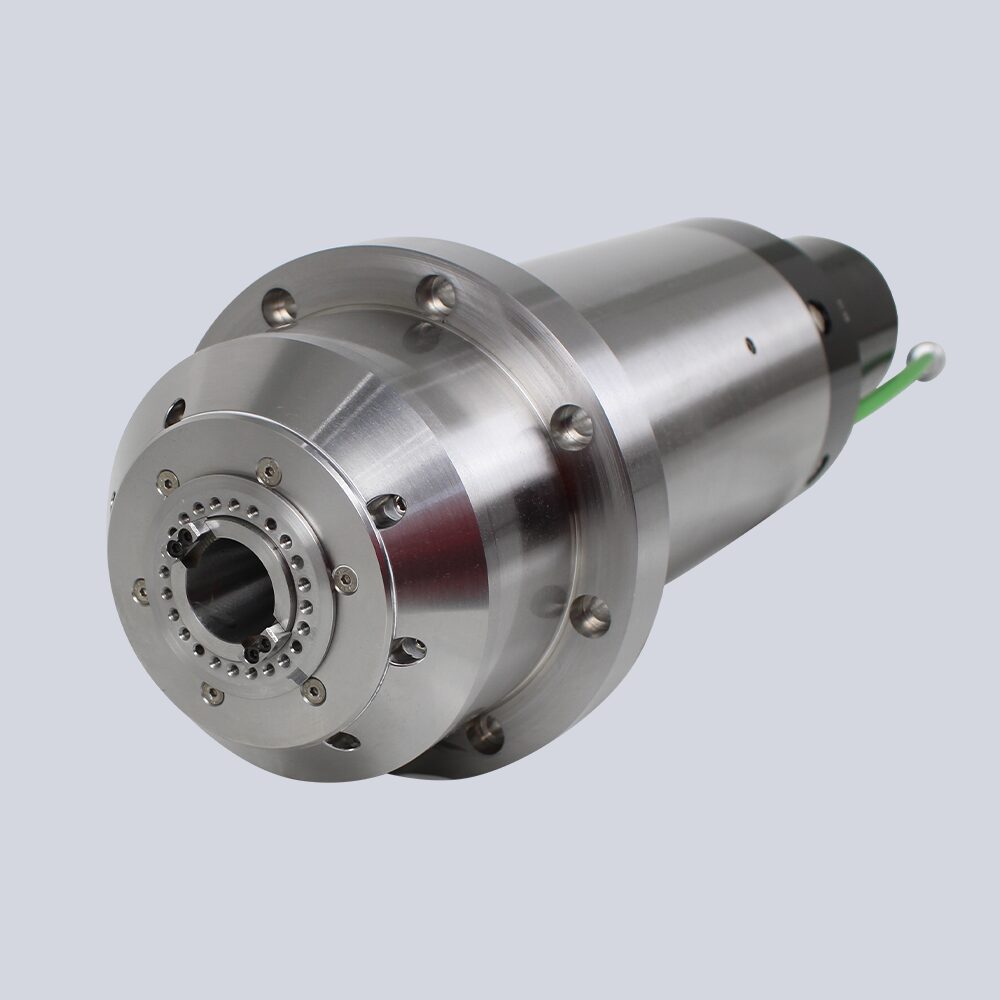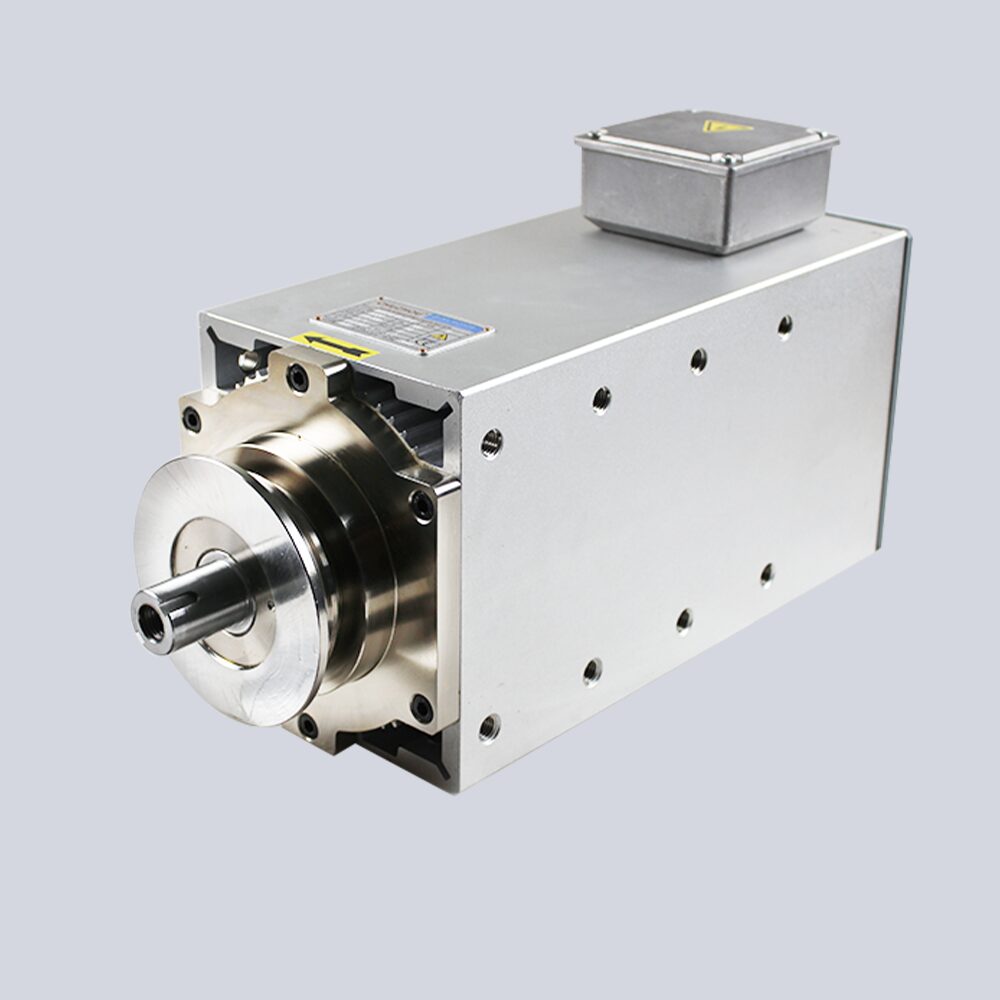Understanding the Operating Process of High-Speed Precision Spindle Motors
High-speed precision spindle motors are essential components in various manufacturing processes, providing the speed, accuracy, and reliability necessary for high-quality production. Understanding the operating process of these motors is crucial for maximizing their performance and ensuring optimal results. This article delves into the operating process of high-speed precision spindle motors, offering insights into their functionality and applications.
Overview of High-Speed Precision Spindle Motors
High-speed precision spindle motors are designed to operate at extremely high rotations per minute (RPM), typically ranging from 10,000 to 100,000 RPM or more. These motors are used in a variety of machining operations, including milling, drilling, grinding, and cutting, and are capable of handling a wide range of materials such as aluminum, wood, plastic, and light alloys.
The primary components of a high-speed precision spindle motor include the motor housing, rotor, stator, bearings, cooling system, and control system. Each of these components plays a crucial role in the motor’s operation and overall performance.
Step-by-Step Operating Process
- Power Supply and Motor Start-Up
The operating process begins with the power supply. High-speed precision spindle motors typically require a three-phase power supply to deliver the necessary electrical energy. Once connected to the power source, the motor’s control system initiates the start-up sequence. This involves ramping up the motor from a standstill to its operating speed, which can be adjusted based on the specific requirements of the machining operation.
- Rotor and Stator Interaction
The core of the motor’s operation lies in the interaction between the rotor and the stator. The stator is the stationary part of the motor, containing the windings through which an electric current is passed. This current generates a magnetic field that interacts with the rotor, the rotating part of the motor. The magnetic forces between the stator and rotor cause the rotor to spin, converting electrical energy into mechanical motion.
- Achieving High RPM
One of the defining features of high-speed precision spindle motors is their ability to achieve extremely high RPMs. This is accomplished through advanced motor design and the use of high-quality materials. The rotor and stator are precisely balanced to minimize vibration and ensure smooth operation at high speeds. Additionally, high-performance bearings are used to support the rotor and reduce friction, further enhancing the motor’s ability to reach and maintain high RPMs.
- Cooling and Thermal Management
Operating at high speeds generates significant heat, which can impact the performance and longevity of the motor. Effective cooling and thermal management are critical components of the operating process. High-speed precision spindle motors are equipped with cooling systems, such as liquid cooling or air cooling, to dissipate heat and maintain optimal operating temperatures. These cooling systems ensure that the motor can operate continuously without overheating, thus preserving its performance and extending its lifespan.
- Control and Monitoring Systems
Modern high-speed precision spindle motors are equipped with sophisticated control and monitoring systems. These systems allow for precise control of the motor’s speed, torque, and position, ensuring accurate and consistent performance. Real-time monitoring provides valuable data on motor parameters such as temperature, vibration, and load, enabling predictive maintenance and reducing the risk of unexpected failures.
- Tool Engagement and Machining Process
Once the motor is up to speed and operating within the desired parameters, the machining process begins. The spindle motor drives the cutting tool, which engages with the workpiece to perform the desired operation, such as milling, drilling, or grinding. The high RPM of the motor allows for rapid material removal and precise cuts, resulting in high-quality finishes and accurate dimensions.
- Shutdown and Maintenance
After completing the machining operation, the motor is gradually ramped down to a stop. The control system ensures a smooth and controlled deceleration, preventing any abrupt stops that could damage the motor or the tool. Regular maintenance is essential to keep the motor in optimal condition. This includes inspecting and replacing bearings, checking the cooling system, and performing any necessary repairs or adjustments.
Applications and Benefits
High-speed precision spindle motors are used in a wide range of applications, from aerospace and automotive manufacturing to electronics and woodworking. Their ability to achieve high RPMs and maintain precise control makes them ideal for tasks that require high accuracy and efficiency.
The benefits of using high-speed precision spindle motors include increased productivity, superior surface finishes, reduced tool wear, and the ability to handle a variety of materials. These advantages make them a valuable asset in modern manufacturing, where precision and speed are critical to success.
Conclusion
Understanding the operating process of high-speed precision spindle motors is key to leveraging their full potential in manufacturing applications. From the initial power-up and achieving high RPMs to effective cooling and precise control, each step in the process contributes to the motor’s performance and reliability. By following best practices for operation and maintenance, manufacturers can ensure that their high-speed precision spindle motors deliver exceptional results and drive productivity and quality in their production processes.

